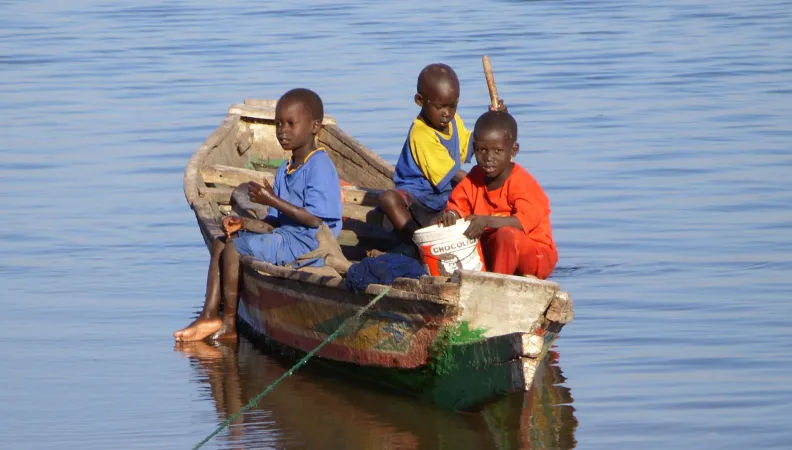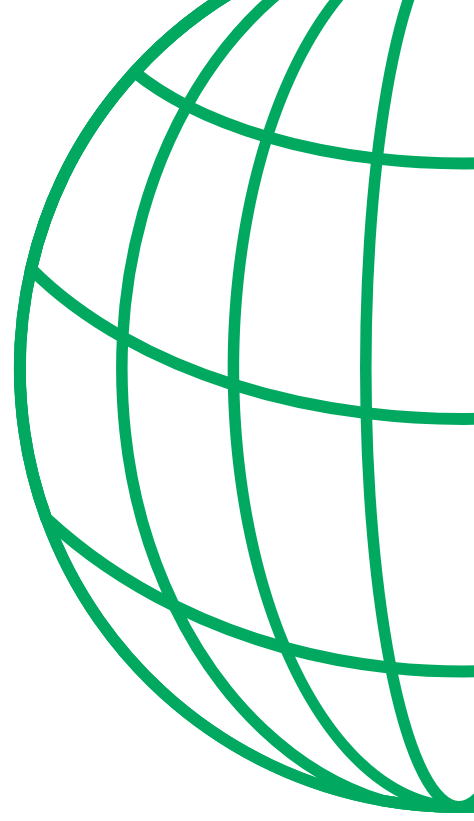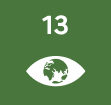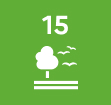Share the page
Small-Scale Initiatives and Financial Mechanisms for the Conservation of Marine and Coastal Biodiversity in West Africa (PIMFAO)
Project


-
Project start date
-
Status
In progress
-
Estimated date of project termination
-
-
Project financing date
-
-
Financing duration
-
4 years
-
Type of program
-
FFEM
-
Global financing amount
-
3 860 516 €
-
FFEM financing amount
-
1 100 000 €
-
Project lead member institution(s)
-
French Ministry of Agriculture and Food
-
Country and region
-
Cape Verde, Gambia, Guinea-Bissau, Senegal, Mauritania, Sierra Leone
-
Location
-
Sénégal
-
Type of financing
-
Grant
-
Beneficiaries
-
Réseau des Aires Marines Protégées d’Afrique de l’Ouest (RAMPAO)



Protect marine and coastal biodiversity in West Africa and strengthen adaptation and resilience to climate change through the reinforcement of the RAMPAO network of Marine Protected Areas.
Context
The coastal zone is a strategic area for the seven West African coastal countries involved in the project (Cape Verde, The Gambia, Guinea, Guinea-Bissau, Mauritania, Sierra Leone, and Senegal). It constitutes a homogeneous ecosystem, home to remarkable flora and fauna, and some of the richest fishery resources in the world, resulting from the combination of upwellings and terrigenous inputs.
At the same time, the coast is under increasing and diverse anthropogenic pressures (overexploitation of resources, mining activities, coastal urbanization, pollution), compounded by significant climate change-related hazards (coastal erosion and flooding), and the threat of offshore oil and gas exploitation.
Over the past decade, the West African Marine Protected Areas Network (RAMPAO) and the Regional Partnership for the Conservation of the Coastal and Marine Zone of West Africa (PRCM) have played a major role in enhancing conservation status of species and habitats—many of which are in decline (mangroves, coastal wetlands, bird populations, dolphins, rays, and sharks), threatened (marine turtles), or even critically endangered (e.g. the manatee). They have also helped to strengthen regional cooperation among stakeholders (environmental NGOs, states, elected officials, public administrators, scientists, and MPA managers).
The RAMPAO network of Marine Protected Areas (MPAs) includes 38 MPAs covering nearly 3,000 km², most of which lack adequate resources. They require sustained technical and financial support to achieve operational autonomy.
Description
The project comprises three main components:
1. Strengthening and Consolidating the RAMPAO Network
- Support for the operational launch of RAMPAO
- Development of a strategic plan for RAMPAO
- Development of tools for the MPA network
- Facilitation of the network and experience-sharing among members
- Support for RAMPAO General Assemblies
2. Strengthening RAMPAO Member MPAs
- Support for targeted MPAs focused on small pelagic species
- Implementation of a small grants program
3. Enhancing the Financial Sustainability of Marine and Coastal Conservation
- Technical assistance for the launch of related studies
- Comparative analysis of the MPA funding gap
- Promotion of sustainable financial solutions for conservation
Outcomes
- RAMPAO is recognized as essential for the development and coordination of Marine Protected Areas (MPAs) in the sub-region.
- Management of MPAs is improved.
- Fish stocks and critical coastal sites for small pelagic species are managed more sustainably.
- Small-scale projects are funded and implemented to strengthen the MPAs within the network.
- The financial needs of MPAs are assessed, and innovative financing solutions are identified.
Innovative & exemplary character
- RAMPAO’s regional focus enhances the visibility of regional environmental issues.
- Public funding sources (green contributions) are innovative.
- The proposed small-scale projects have a demonstrative and replicable nature, ensuring that the tools developed can benefit all MPAs.
- The financial solutions promoted are intended to be extended to other countries in the region, and potentially beyond.
Sustainable Development Goals
ODD13 Climate action

ODD15 Life on land

ODD17 Partnerships for the goals



